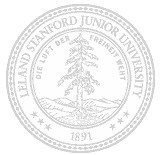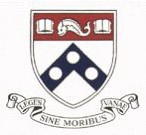当前位置:新概念英语 > 新概念英语一 > 新概念辅导:新概念英语第一册语法总结(13)
新概念辅导:新概念英语第一册语法总结(13)
13 情态动词的使用:can, must, may, might, need,
1)情态动词can(能够), must(必须), may(可以)
结构:主语+can/must/may+动词原型
He can make the tea.
Sally can air the room.
We can speak English.
★变疑问句将情态动词移到句首
Can he make the tea?
Can Sally air the room?
Can we speak English?
★变否定句在情态动词后面加not
He cannot make the tea.
Sally cannot air the room.
We cannot speak English.
★肯定回答及否定回答
Yes, he can. No, he cannot.
Yes, she can. No, she cannot.
Yes, we can. No, we cannot.
★特殊疑问句:
What can you do?
(必背)
注意:情态动词的句子没有第三人称单数的变化,不要在情态动词或动词后面加S。
2)Must/have to的区别
must 表示必须,是主观上觉得应该做,have to是不得不,是由于客观条件逼迫的必要要做
must 只能用在表示现在和将来的句子里,而have to do可以用在任何时态
3)must, may, might表示猜测:
· must do 表示对现在事实的猜测
·must have done表示对过去事实的猜测
·must have been doing 表示对过去正在进行的事实的猜测
·may/might do, may/might have done表示没有任何事实依据的猜测,might的可能性更小。
5·can’t/couldn’t 表示不可能



























